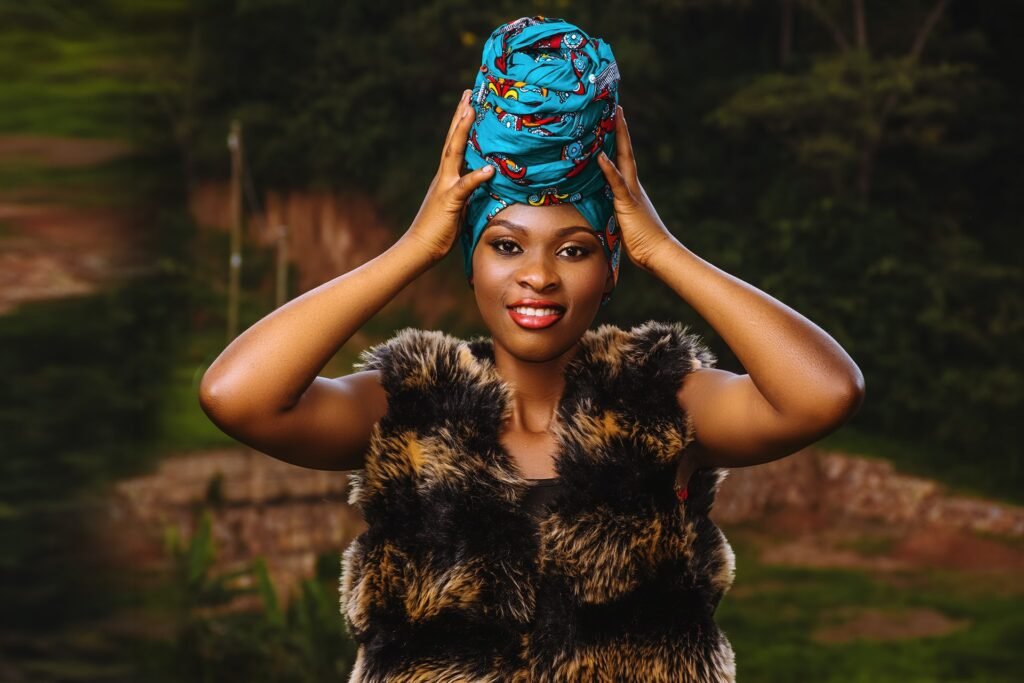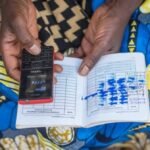The fashion industry has taken a wild turn from the traditional ways to artistically, commercially and culturally being involved in the digital world.
Each era in the fashion industry has brought with it something bigger and better than the last and for the past decade the industry has gone through a series of changes that put it at a tipping point but the corona virus pandemic has pushed it over the edge. Everyone in the industry was affected, from the micro or macro fashion brands to the fashion designers and not excluding the fashion entrepreneurs in form of retailers and wholesalers.
With the dawn of the digital age came along the convenience of the internet, social media and easy accessibility to mobile phones, fashion has a whole new meaning. Some still doubt that being able to purchase clothes or shoes at the click of a button is better that the experience of having to feel fabric or to debate textures in person. Only time would tell where digitization takes the fashion industry and to what extent? How far can we all go with this change?
DigiTALIZATION of Fashion in Africa
The fashion designers of the motherland are not afraid to make bold fashion statements through the use of various colours and complex patterns they have the guts to work with. Through social media and other digital means, many African creative businesses have gained global recognition and have a wider, more diverse audience and customer target.
Some of the innovative ways fashionpreneurs and designers have used to turn the industry around through digitilization include;
E-Commerce
In order to compete in the global fashion industry, African designers must ensure that their products are available to as many customers as possible. In order to achieve this on a larger scale than just physical stores and shops, many fashionpreneurs use aesthetically pleasing website designs and interface to reel in new and returning customers. Examples of such include okunbeachwear.com, maxhosa.africa, etc.


Besides having a website that is appealing to the eyes, is used to showcase various products available, and can be used to make purchases. Some brands make use of fashion e-commerce websites like ONCHEK, Afrikrea, Kisua , Moonlook, and the likes which also have a wide reach when it comes to the display of art and fashion from the motherland.

These are some useful digital tools African designers and brands use in reaching a variety of international markets.
Garment Innovation
Ever heard of the term digital fashion? Neither have I. Digital fashion is the virtual representation of clothing built using computer technologies and 3D software. Digital fashion is becoming increasingly popular around the world, with Asia at the forefront. The traditional methods such as weaving, dyeing, sewing and designing garments are prevalent on the African continent; however, this could be seen as a benefit because it taps into the continents cultural wealth whereas development can be much more productive with the use of technology.
An example of Digital fashion in play is the use of algorithmic design by Diarrablu, a Senegalese fashion label. They use this design to create prints and patterns inspired by African culture, and so achieving their vision with the use of technology. Digital textile printing is another innovative way of bringing virtual prints and patterns to life.
Design process by Diarra Bousso
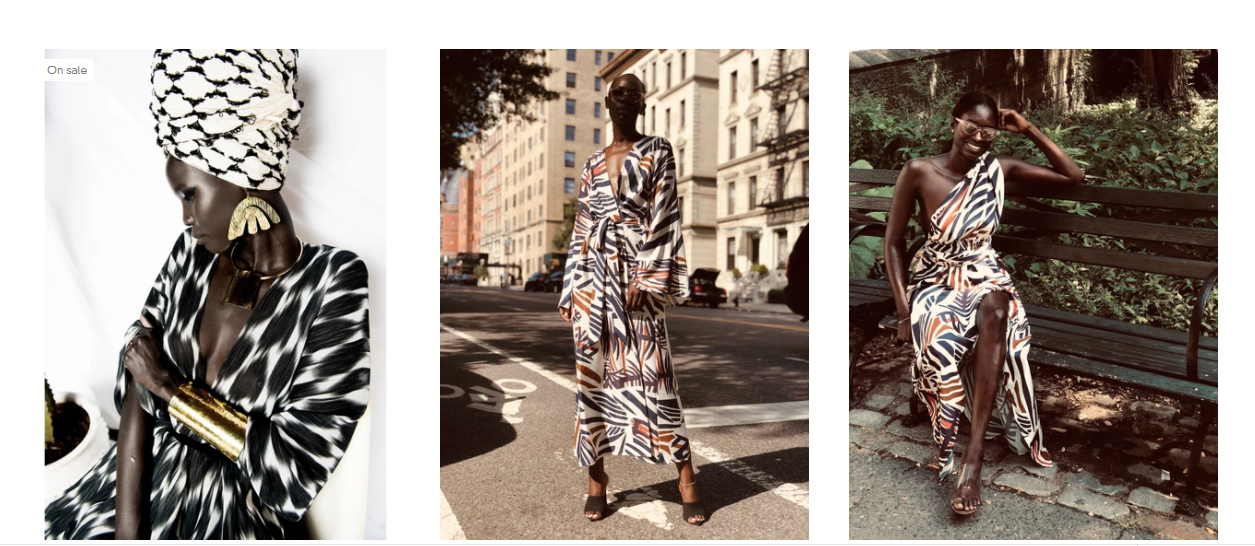
Virtual Fashion Shows
On May 22nd 2020, Anifa Mvuemba, a young New York city based designer from Congo debuted the first ever virtual fashion show for her brand “Hanifa” featuring 3D renderings of pleated minis and sinuous bias-cut dresses. The fashion show was held via Instagram live. The show presented the labels latest collection, Pink Label Congo. The designer implemented the use of invisible 3D models with curvy shapes as well as using black women as the focus of the brand.
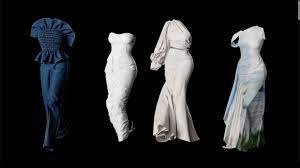
Virtual Models
A typical example of a virtual model is Shuda. Shuda, a virtual model as well as other 3D modelling software, make it possible to build virtual sets and plan photo shoots and fashion shows that take place outside of reality. A good way to achieve this is to incorporate gaming technology into fashion through augmented reality or virtual reality. Not only would this solve the problem of limited location scouting capabilities, but it would also allow for the development of creative, eye-catching visuals. These visuals will then effectively capture the interest of potential customers while also increasing interaction with current ones.
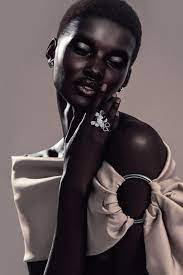
Limitations of Digitalization of Fashion in Africa
While the use of cutting-edge technology and digital platforms in business processes has the potential to open doors for African designers, there are a few roadblocks to overcome.
Problems can range from high cost; not all fashion brands can afford to pay the rates that have been set. This is especially important for brands that are just getting started but want to gain global recognition and establish themselves in the market quickly. Other barriers include low internet speed as not all African countries can boost of sound telecommunication infrastructure as some well-developed countries. Besides this there is also the problem of power outages, forcing some fashionpreneurs to spend extra cost on generators and inverters.
Regardless of the downsides to going digital, the fashionpreneurs of our time are ready to go all out and keep delivering big things for us. Only time would tell how far they will go, as we can only hope for this best and anticipate great things ahead.
